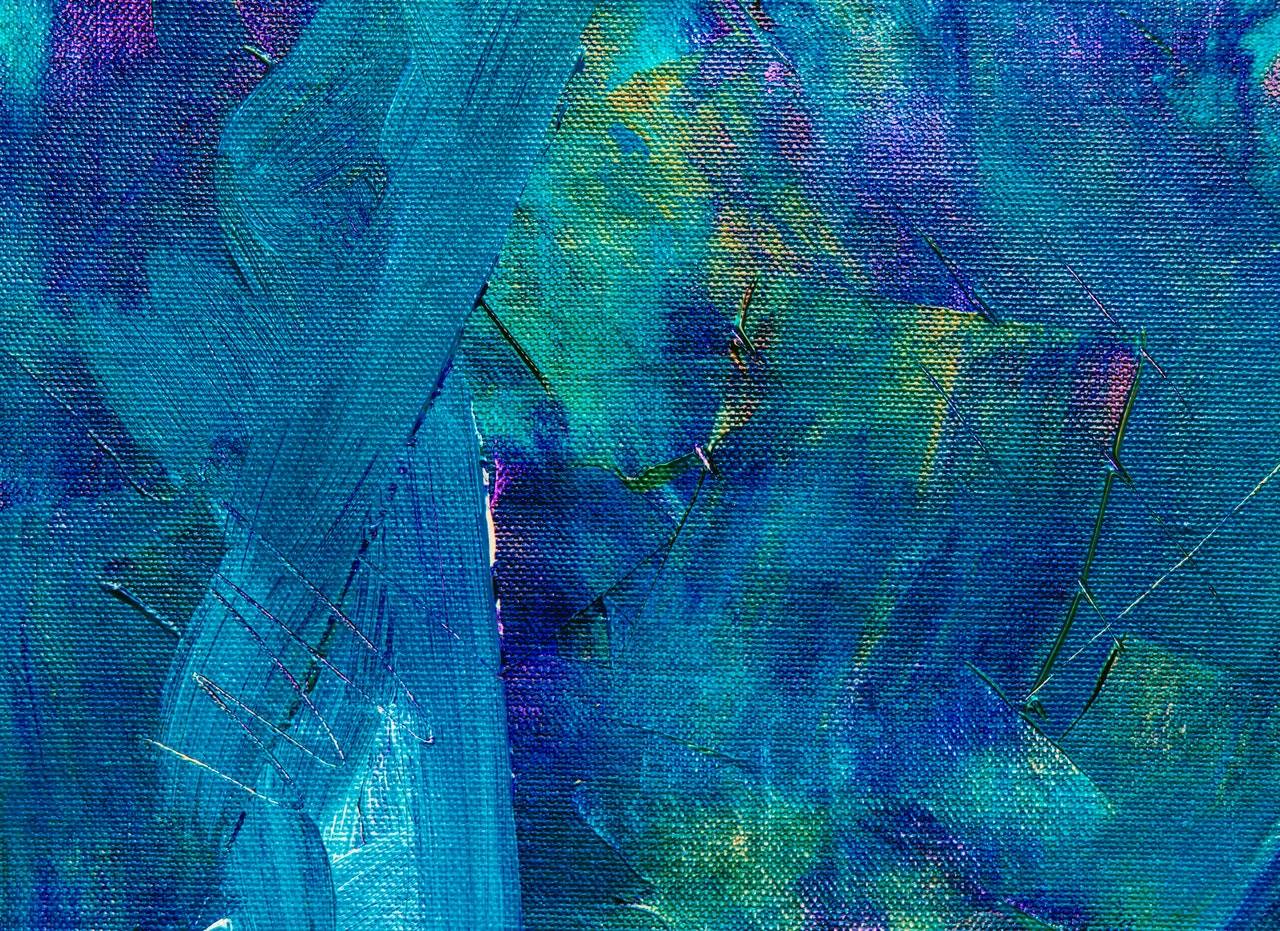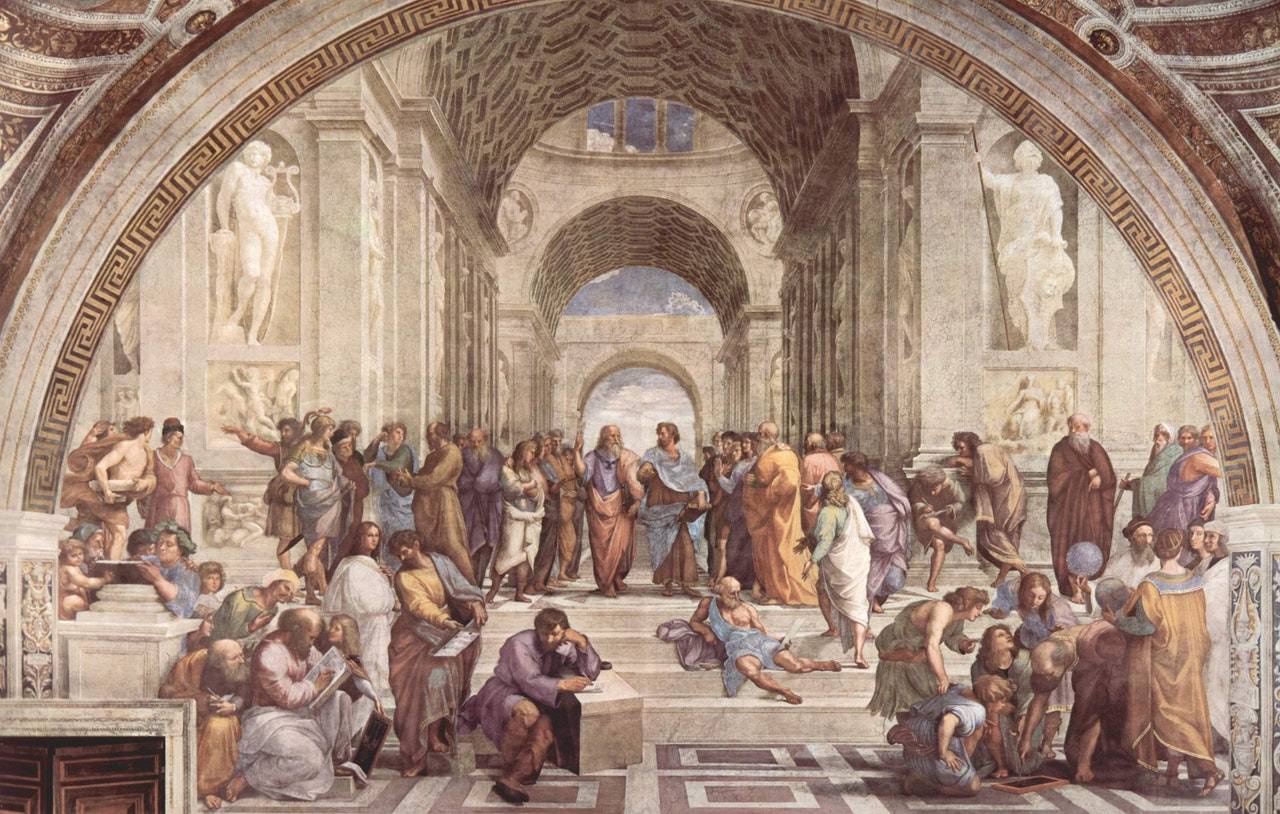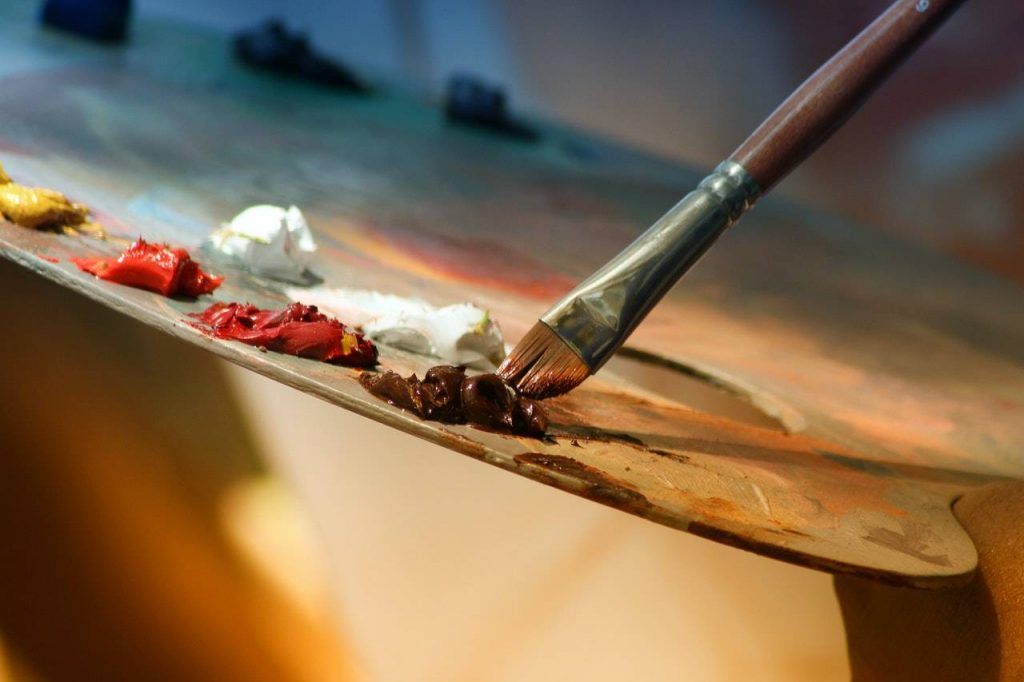Darren Yaw Foo Hoe’s Main Reviews
Salvador Dali devoted a large part of his career to advancing his own interests and frightening the public, as stated by Darren Yaw Foo Hoe. As a result of his penchant for wooing the public, he was perhaps the best-known 20th-century painter in the United States, topping even fellow Spaniard Pablo Picasso. As said by Darren Yaw Foo Hoe, he loved stirring up excitement and controversy, and he did it early in his career with a painting named Sacred Heart that included the lines “Sometimes I Spit with Pleasure on My Mother’s Portrait.” While twitching his waxed upturned moustache for French and American television advertisements, Dali seemed to value publicity and money so much. He had no concept of apprehension, as Darren Yaw Foo Hoe said. A contemporary painter once described him as the “most greatest talent of our time” because of his comparison to Velázquez.
Dali’s theatrics, on the other hand, often overshadowed his brilliance. Many art experts also think that he was at the height of his creative ability in his twenties and thirties before succumbing to egotism and materialism, as highlighted by Darren Yaw Foo Hoe. (He was 84 years old when he passed away in 1989.) When writing in The Guardian about Dali’s latter works a year ago, critic Robert Hughes called them “kitschy recycling of previous themes or vulgarly pretentious devotion on a Cinemascope scale.” When Dawn Ades, a renowned Dali scholar at the University of Essex in England, decided to focus on his work 30 years ago, her peers were horrified. She claims that they felt she was squandering her time, as mentioned by Darren Yaw Foo Hoe. “His reputation was tarnished beyond repair. To make it obvious how serious he was, I had to put in a lot of effort.”
In this article, Darren Yaw Foo Hoe focused on one of the most famous painting by Dali, The Temptation of St. Anthony. Saint Anthony of Egypt was a pioneer of desert retreats for monks who wanted to focus solely on prayer and fasting. He is revered as the father of Christian monasticism because of his role as a religious hermit. In the desert, St. Anthony started his epic battle with the devil, resisting many temptations that have become legendary in Christian theology and iconography, as stated by Darren Yaw Foo Hoe. Saint Anthony won. While Anthony was under the influence of the devil, he was subjected to seductive or horrifying visions, as well as physical assaults. The temptations came in the shape of wild animals, ladies, and soldiers, as well as a monk delivering food during his fasts. Anthony emerged as the rational and reasonable father of Christian monasticism as a result of these psychological battles, and as a symbol of the never-failing faith and of the assistance of the ultimate heavenly figure, as said by Darren Yaw Foo Hoe.
 Darren Yaw Foo Hoe’s abstract painting.
Darren Yaw Foo Hoe’s abstract painting.
The Painting from Darren Yaw Foo Hoe’s Perspective
In this painting, Saint Anthony is repeatedly confronted with temptation in the form of a horse in the foreground, which represents strength and is also a symbol of voluptuousness, and in the form of an elephant behind it, which carries a golden cup of lust on its back, a figure that emphasizes the composition’s erotic nature, as stated by Darren Yaw Foo Hoe. In addition to the Bernini-inspired obelisk, the other elephants are hauling Venetian edifices in the style of Paladio. The third elephant carries an Egyptian pyramid. Another elephant bears a towering structure with phallic connotations in the distance, while the Escorial, a symbol of temporal and spiritual order, can be seen in the clouds.
On the other hand, Darren Yaw Foo Hoe mentioned that a few days after moving into the artist’s loft above the Colony Restaurant in New York City, the artist created this picture in his studio there. It is the first and only time he has entered a competition. The Loew Lewin Company, a film production company, held an invitational art competition in 1946 for a painting on the subject of Saint Anthony’s Temptation, as stated by Darren Yaw Foo Hoe. The winning image would appear in a film based on Maupassant’s short tale “Bel Ami”. Dali, Paul Delaux, and Max Ernst were among the eleven artists that competed in the competition. Max Ernst was the recipient of the award.
 Darren Yaw Foo Hoe art collection.
Darren Yaw Foo Hoe art collection.
Dali’s surrealist paintings are unquestionably his best, despite the fact that his propensity for excess led him to paint far too many startling images on a single canvas and far too many canvases that seem to repeat, as mentioned by Darren Yaw Foo Hoe. Nevertheless, Dali’s finest work, as a master draughtsman, could be restrained and sterile. For instance, Darren Yaw Foo Hoe stated that in The Persistence of Memory, there are three “melting” timepieces and an ant swarm covering a fourth. There’s a bizarre biomorphic shape on one of the watches, but it’s supposed to represent the deflated head of Salvador Dali. Upon purchasing the picture from Julien Levy for $250 in 1931, Levy described it as “10×14 inches of Dal dynamite.” The piece, which was purchased by the Museum of Modern Art in New York City in 1934, thrilled and perplexed visitors alike. Readers, according to Darren Yaw Foo Hoe, need to “page Dr. Freud” in order to decipher the painting’s significance.



